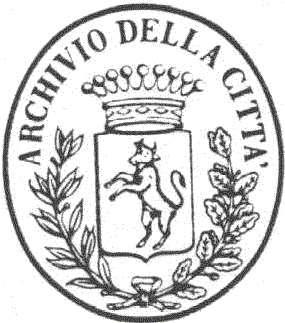|
The introduction of images into office computer systems has
greatly helped resolve problems relating to the circulation,
consultation and above all, in the case of the Historical Archives,
the conservation of documentary material.
In 1975, Turin's Historical Archives set up a special microfilm
department so that it could reproduce on film thousands of documents
of various types and formats, thus preserving the originals from
foreseeable deterioration caused by handling.
Today, in spite of the arrival of digital reproduction, first
used in these Archives with the iconographic material of the
Collezione Simeom, microfilm continues to perform a fundamental
task regarding the consultation and consequent conservation of
the town's historic memory. Compared with the undoubted advantages
that computer technology provides from the point of view of acquisition,
elaboration, filing and retrieval of information, microfilm offers
different prerogatives of a 'practical' nature. It is sufficient
to think how easy the viewer/printers are to use without the
adoption of any user-interface, encouraging immediate use even
on the part of inexpert users; or of the support (film) on which
the image is reproduced, the only one that enables documents
to be seen by means of a simple optical lens compared to the
sophisticated technological equipment necessary to decipher the
binary code impressed on optical-magnetic diskettes, subject
though to greater risks of suddenly going out of production;
or of the impossibility of manipulating microfilmed images, a
guarantee of safety, unlike computerised archives that are easily
subject to 'virus' attacks.
The microfilm laboratory has four planetary cameras capable
of harmlessly reproducing bound volumes or small or large documents,
a rotating microfilmer, a developer and a duplicator.
In over 25 years of activity more than 2,500 reels of 16 and
35 mm film have been taken, producing about 7 million frames.
Microfilmed collections include the Ordinati [City Orders]
and the Atti municipali [Municipal Acts], the Series C of the
Collezione Simeom [Simeom Collection], the Guide della Città
di Torino [Guides to the City of Turin] Marzorati-Paravia editions,
the Collezione V [Collection V], the Rivista Torino, and the
19th- and 20th-century censuses for Turin.
The microfilm reading room is air-conditioned and has three
modern viewer/printers thanks to which the images can be visualised
and reproduced by means of photocopiers integrated in the machines
or by modern laser printers. |

